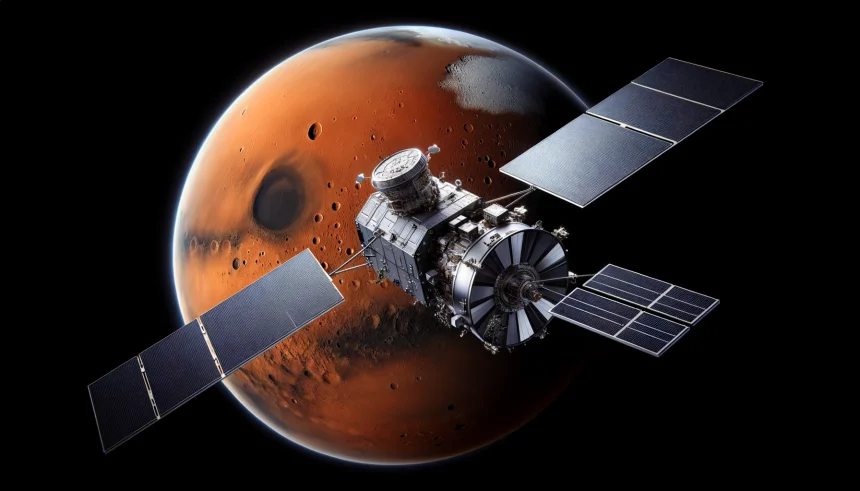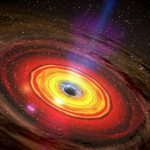Astronomers have employed the Hubble Ultra-Deep Field (HUDF) to discover a significant number of supermassive black holes (SMBHs) dating back to the early Universe. This research, detailed in a recent publication led by Matthew Hayes from Stockholm University, presents initial findings that challenge previous understandings of black hole formation and growth. Utilizing advanced imaging techniques, scientists aim to uncover the historical abundance of these massive celestial objects that have been integral to galaxy evolution.
What Techniques Reveal More About Early Black Holes?
The study implements a photometric variability method to identify AGNs by observing fluctuations in their brightness. This technique allows researchers to circumvent challenges associated with traditional detection methods that often lead to undercounts of SMBHs. “Here, we argue that the photometric variability that results from changes in the mass accretion rate of SMBHs can provide a completely independent and complementary probe of AGN,” Hayes stated.
How Many Early SMBHs Have Been Detected?
The preliminary results from this study indicate the identification of eight targets showing variability, including two clear AGNs at redshifts between 2 and 3. The findings establish a connection to the largest previously reported black hole population for similar redshifts. “This SMBH abundance is also strikingly similar to estimates of nSMBH in the local Universe,” the authors explained in their paper.
What Are the Implications for Universe Evolution?
These results may reshape the understanding of how black holes form and evolve within galaxies. Different theories suggest alternative pathways for the formation of early SMBHs, including the direct collapse of massive gas clouds. These research findings are expected to clarify ongoing debates about SMBH formation and their role in cosmic development.
Recent advancements, such as those from the James Webb Space Telescope (JWST), complement Hubble’s long-standing observational legacy. Although JWST demonstrates greater power, the Hubble Space Telescope (HST) has contributed invaluable data over its operational years, enabling extensive monitoring of celestial phenomena. Additional observations are necessary to reinforce the statistical significance of these findings, with ongoing efforts aimed at enhancing black hole detection methodologies in the high-redshift Universe.










